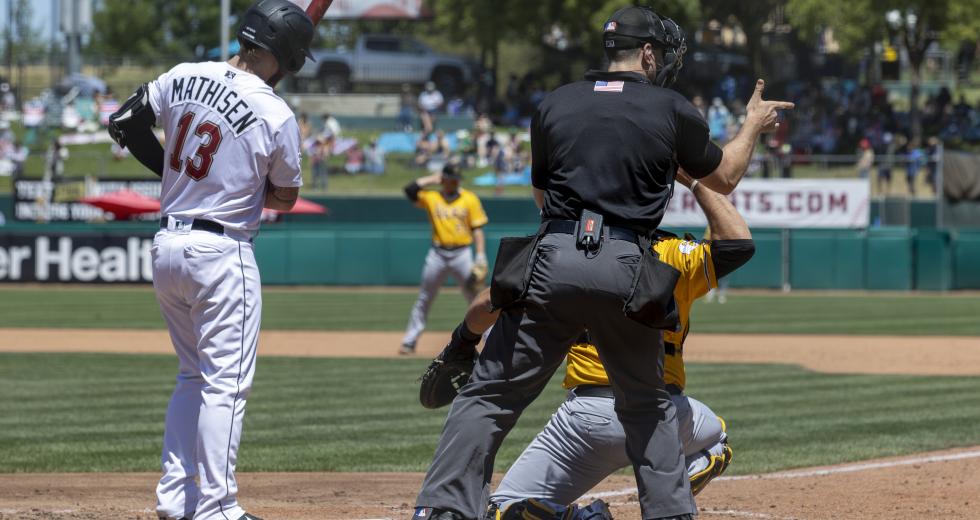Almost undetectable to the naked eye, a game-changing experiment is taking place right now at West Sacramento’s Sutter Health Park that could forever alter the job of baseball home plate umpires.
Players and coaches can still disagree with an umpire’s calls if they want, but it won’t do much good. Since mid-May at Pacific Coast League ballparks around the country, a home plate umpire isn’t actually deciding a batter’s strike zone anymore — that job has been turned over to an automated ball and strike calling system, also known as ABS.
There are approximately 20 cameras and other electronic devices
installed throughout Pacific Coast League parks, including West
Sacramento’s Sutter Health Park, that detect each pitch thrown.
That information is relayed almost instantaneously from computer
operators to the home plate umpire who then makes the ball/strike
call.
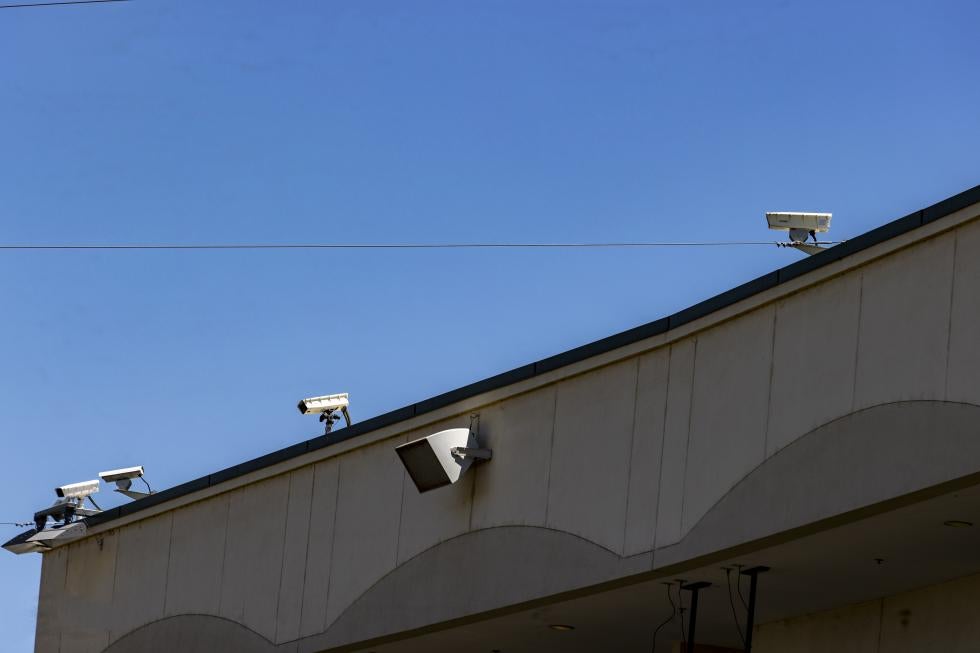
Or as Stone Garrett, an outfielder with the Reno Aces, told Reno’s KTVN-2, “You really can’t argue with a robot.”
That strike zone box that has become so familiar to TV viewers is now determining a player’s fate. While it’s still to be determined if the system will eventually be adopted at the Major League Baseball level, currently each thrown pitch is being tracked by approximately 20 cameras and other electronic devices located around the ballpark. The location information is seen by two ABS operators reading a laptop in the park and then sent to the home plate umpire’s iPhone, before a “ball” or “strike” call is heard in the ump’s earpiece. The ball/strike call is made within a fraction of a second, though checked swing calls will still be made by the home plate and base umpires.
Lynn Rogers of Roseville, in the press box at Sutter Health Park
on June 8. Rogers has the title of ABS boss operator, and is one
of two operators in the park reading information of each pitch
coming in from the cameras and other electronic devices installed
throughout the ballpark.
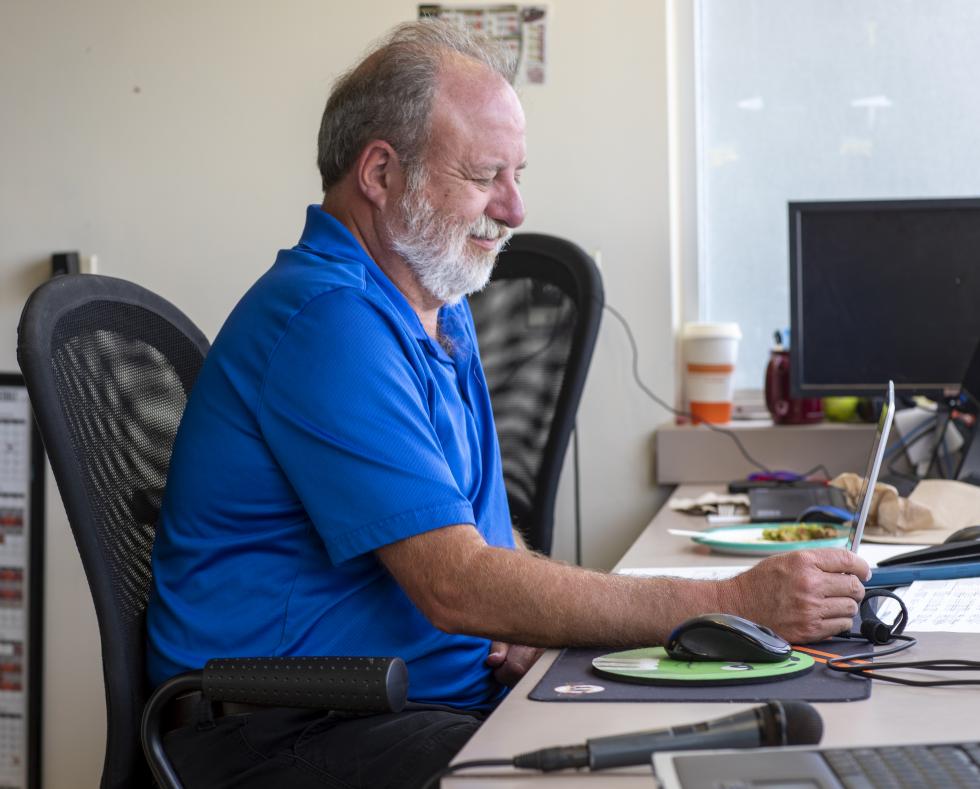
The ABS strike zone is a 19-inch wide, two-dimensional rectangle set at the middle point of home plate, which currently includes an inch off either edge (home plate is 17 inches wide). The top and bottom edges of the strike zone are based on the batter’s height and the size of the automated zone which, MLB officials contend, is similar to the zone still being called by real umpires at the MLB level.
This is essentially the strike zone the ABS operator sees in real
time at the ballpark, from the Sacramento-Salt Lake game on May
28. Pitch information is relayed to the home plate umpire, who
makes the ball/strike call. Fans can track the pitches too, with
a slight delay, within the MiLB app.
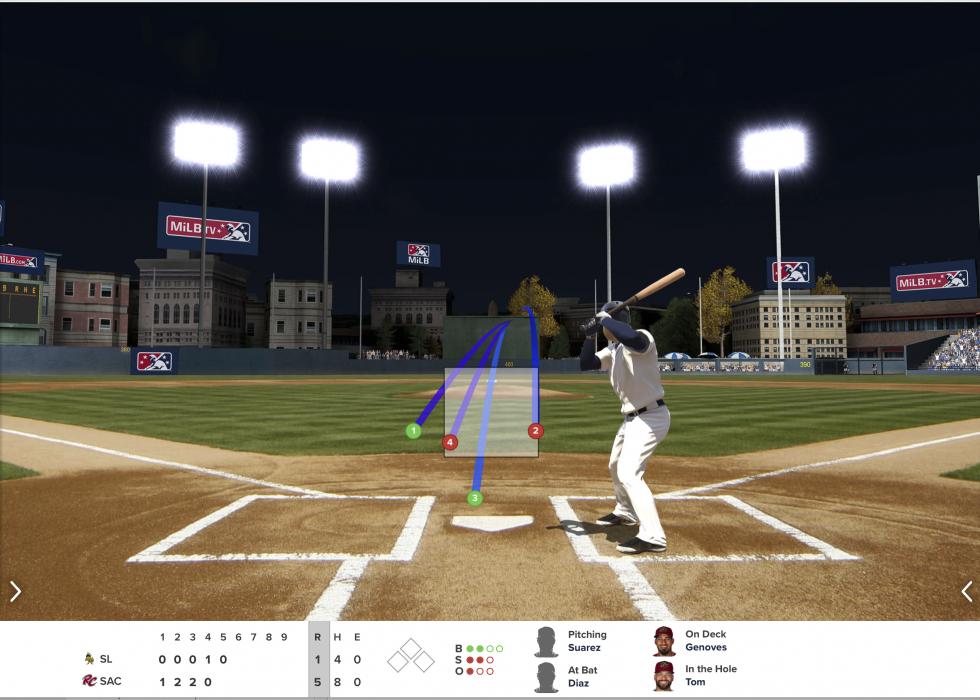
“I think the first thing is just getting our eyes adjusted to what we’re used to humans doing,” says Damon Minor, the Sacramento River Cats hitting coach since 2016, who played with the San Francisco Giants and in Japan during his pro career in the early 2000s.
A close-up look at two of the cameras that sit atop the
grandstand at Sutter Health Park in Sacramento that detects each
pitch thrown.
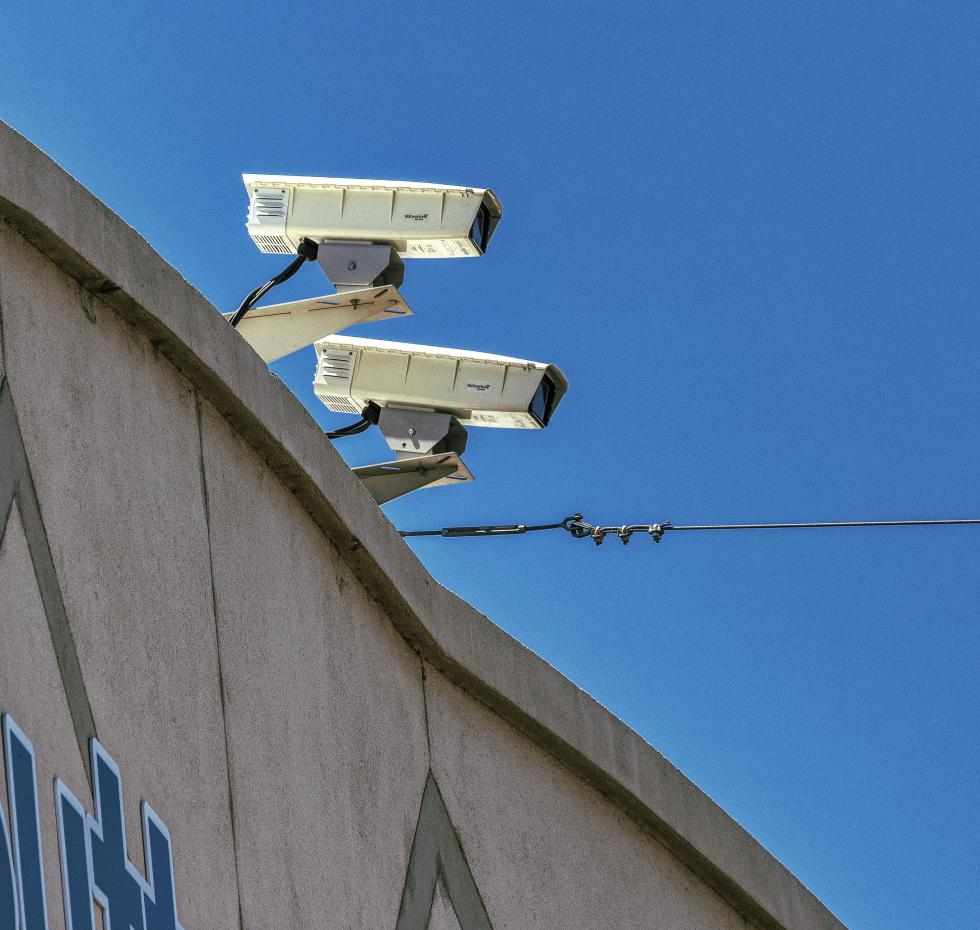
“I think it is a positive overall, as long as it keeps evolving on how big it (the strike zone) needs to be,” Minor continued, adding that he hopes the strike zone is fine tuned and adjusted so it eventually includes just the 17 inches of the plate and not the extra inch on each side that is currently determined to be a strike by the ABS.
Similar trials have taken place at some other lower level minor leagues since 2019, but this is the first year the system has reached as high as the Triple-A level, which is one step away from the MLB. And while the Triple-A Pacific Coast League is testing it out, the other Triple-A league, the International League, hasn’t adopted the system.
Sacramento River Cats batting coach Damon Minor, left, seen here
in the dugout June 8 with fundamentals coach Jolbert Cabrera,
says that overall he likes the system as long as the strike zone
keeps evolving and is fine tuned.
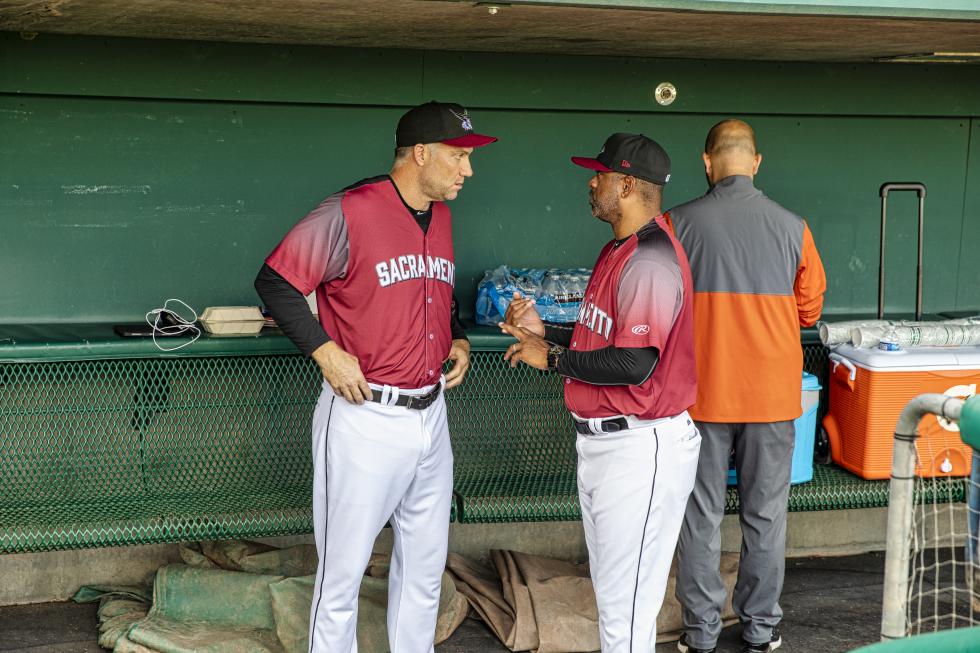
In Sacramento, the River Cats 2022 season began April 5 while the ABS system was being installed at Sutter Health Park — at a cost MLB officials won’t disclose — in time for its Sacramento debut May 17 against Tacoma.
Fans enjoying the June 8 game against the Reno Aces at Sutter
Health Park. The River Cats 2022 season began April 5 while the
ABS system was being installed by MLB officials in time for its
debut May 17 against Tacoma.
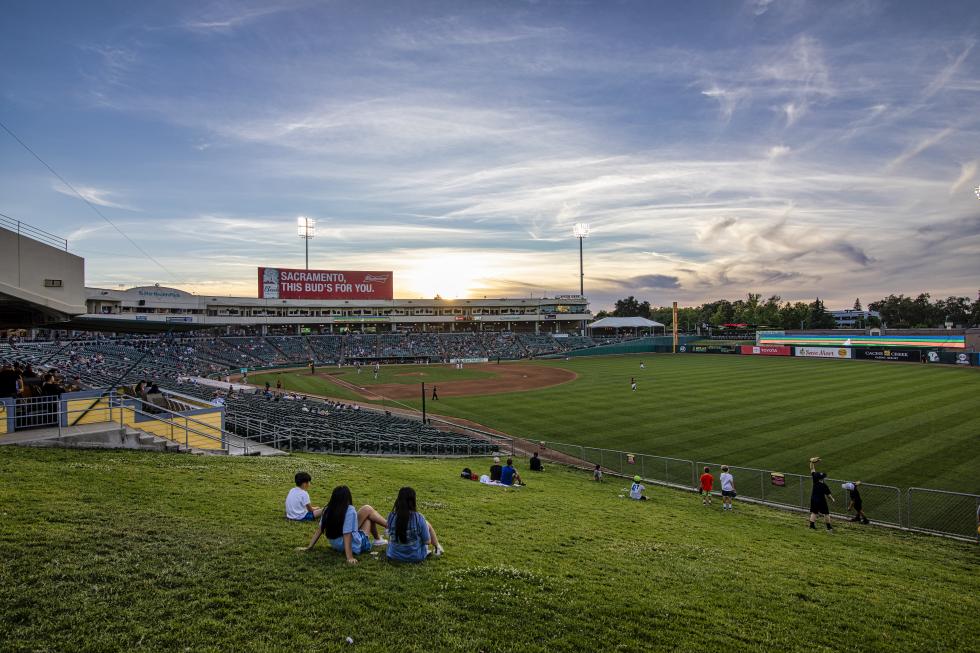
–
Stay up to date on business in the Capital Region: Subscribe to the Comstock’s newsletter today.
Recommended For You
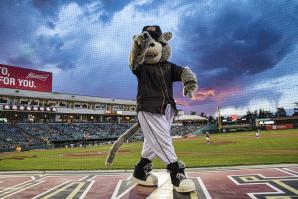
Photos: Minor League Baseball Returns to the Central Valley
When the Sacramento River Cats won the Triple-A championship in September 2019, nobody could anticipate the changes that would occur before the Pacific Coast League team would play again.
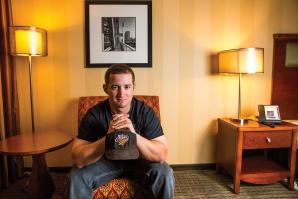
Waiting for the Call
The decade-long journey to umpiring in the big leagues
Well after midnight, Jordan Ferrell returns to his Fresno hotel room and lowers his exhausted body onto the bed. After umpiring nine games in 12 days, he’s spent. To unwind, he flips on the TV, scans the movie selection and retrieves his phone to check texts. Working the plate at tonight’s game was an exercise in patience.
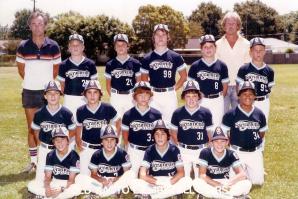
A Long Run for East Sacramento Little League
The nonprofit youth sports organization celebrates its 70th anniversary
What accounts for seven decades of this nonprofit youth sports organization — and its survival during the pandemic?
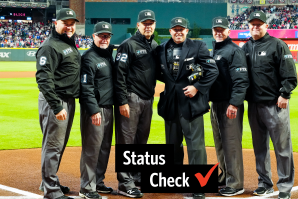
Status Check: On the Big Stage
Tripp Gibson's rise from minor league umpire to full-time MLB umpire
Hal “Tripp” Gibson, an umpire whose last minor league assignment was with AAA Pacific Coast League, worked his first National League Championship Series this year.



